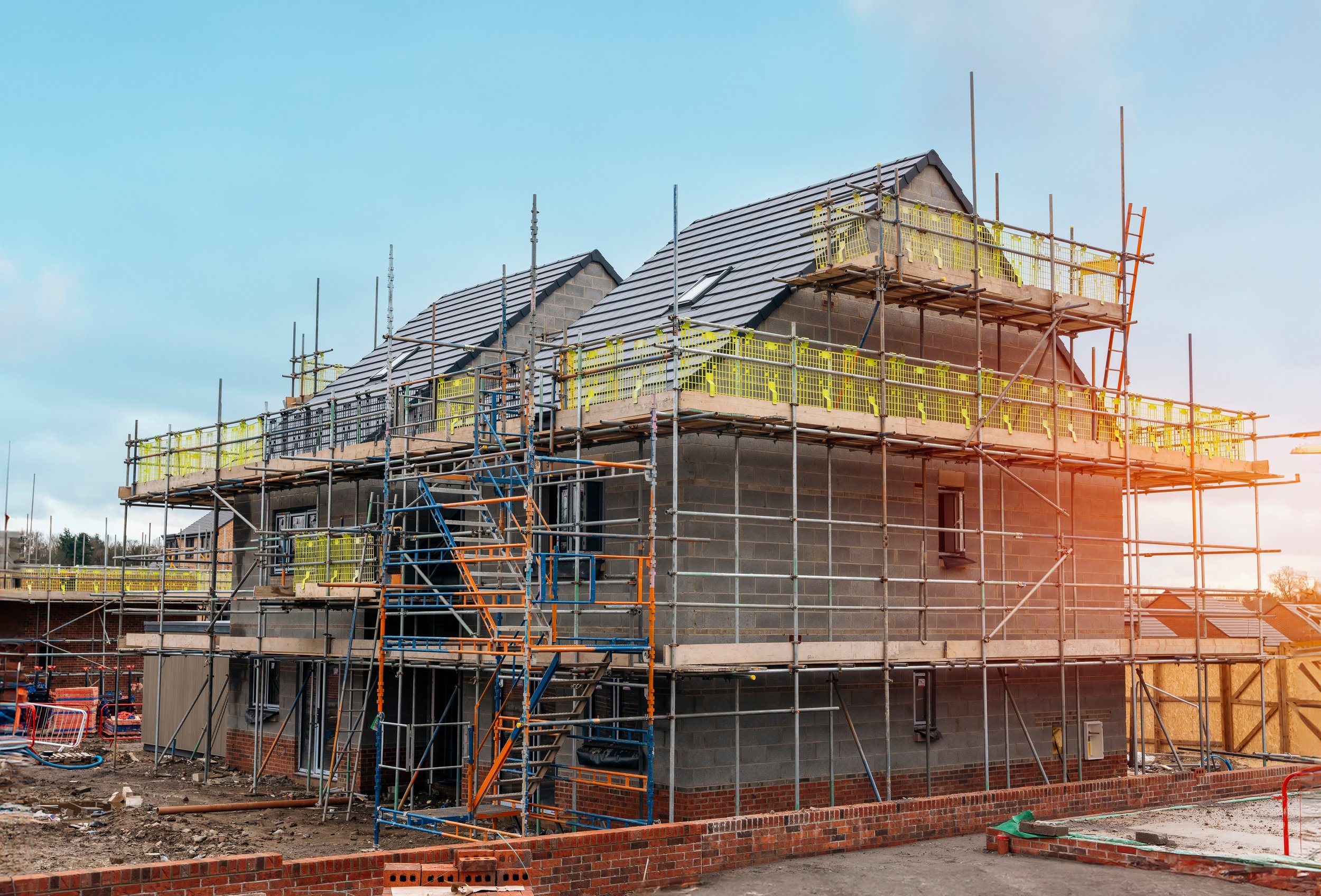
Breathable Roofing Felt
A comprehensive guide outlining the key components of breathable roofing felt and what it is used for
Breathable roofing felt, also known as breathable membrane or underlay, is an essential component in modern roofing systems.
Breathable roofing felt is designed to provide weather protection while allowing moisture vapor to escape from the roof structure, thereby preventing condensation build-up. Here’s a detailed guide on breathable roofing felt, including its features, benefits, and installation considerations.
Features of Breathable Roofing Felt
Material Composition: Typically made from synthetic materials such as polypropylene, breathable roofing felt is engineered to be lightweight, durable, and resistant to tearing.
Breathability: The membrane allows water vapor to pass through while preventing liquid water from penetrating the roof structure. This dual function helps maintain a dry and healthy roof space.
Water Resistance: Despite its breathability, breathable roofing felt provides excellent water resistance, protecting the roof structure from rain and snow.
UV Resistance: Many breathable membranes are treated to resist UV radiation, extending their lifespan when exposed to sunlight during installation.
Benefits of Breathable Roofing Felt
Condensation Control: By allowing moisture vapor to escape, breathable felt prevents the build-up of condensation, which can lead to mold growth and structural damage.
Improved Air Quality: Reduced condensation helps maintain better indoor air quality by preventing damp and mold.
Energy Efficiency: Breathable membranes contribute to the overall energy efficiency of a building by helping to regulate temperature and moisture levels.
Durability: The robust construction of breathable roofing felt ensures long-lasting performance, even in harsh weather conditions.
Ease of Installation: Lightweight and easy to handle, breathable roofing felt simplifies the installation process, reducing labor costs and time.
Installation Considerations
Preparation:
Ensure the roof deck is clean, dry, and free from any debris or sharp objects that could damage the felt.
Check for any structural issues or repairs needed before laying the membrane.
Application:
Unrolling the Felt: Start at the eaves and unroll the breathable felt horizontally across the roof. Allow for an overlap at the edges to ensure continuous coverage.
Fixing: Secure the membrane with nails or staples, ensuring it is taut but not overly stretched. Follow the manufacturer’s guidelines for the spacing of fixings.
Overlapping: Overlap each row of felt by the recommended amount, typically around 100mm to 150mm, to ensure water runs off effectively without penetrating the seams.
Edge Detailing: Pay special attention to edges, valleys, and roof penetrations such as chimneys and vents. Use appropriate flashing and adhesive tapes to seal these areas.
Ventilation: Ensure that ventilation gaps are maintained to allow air to flow beneath the membrane, enhancing its effectiveness in moisture control.
Additional Layers:
In some roofing systems, additional layers of insulation or roof covering materials are applied on top of the breathable felt. Ensure these layers are compatible with the membrane.
Maintenance of Breathable Roofing Felt
Regular Inspections: Conduct regular inspections to check for any signs of damage or wear, particularly after severe weather events.
Repairs: Any tears or punctures should be repaired promptly using compatible adhesive tapes or patching materials to maintain the integrity of the membrane.
Cleaning: Keep the roof surface clean and free from debris to prevent potential damage to the membrane.
Conclusion
Breathable roofing felt is a vital component in modern roofing systems, offering a range of benefits from condensation control to improved energy efficiency. Its dual function of allowing moisture vapor to escape while providing water resistance helps maintain a dry and healthy roof space. Proper installation and regular maintenance are key to maximizing the effectiveness and lifespan of breathable roofing felt. Whether used in residential or commercial applications, this versatile material is an excellent choice for enhancing the performance and durability of a roof.
Ensuring your roof is properly felted and battened is essential for optimal performance and longevity. THK Roofing Ltd specializes in felting and battening roofs using high-quality breathable roofing felt, providing superior protection and ventilation for your home. If you are interested in our services or need more information, please call us at 01234 965079.
Top Articles
► Planning Permission for a New Roof
► Building Regulations for a New Roof
► Does a New Roof Add Value to Your Home?
► Does Insurance Cover Roof Leaks?
Roofing Materials Explained
► Code 3 and Code 4 Lead Flashing
► Slates
► Best Materials for Flat Roofs
Roofing Components
► Roof Ventilation for Flat Roofs
► What are Soffits and Fascias?
► What is a Fibreglass Flat Roof?
Common Guides
►How Much Does a New Roof Cost
► How to Find a Leak in Your Roof
► Why is my Velux Window Leaking?
► Planning Permission Velux Windows
► How to Clean Roof Tiles Without Pressure Washer
► Removing Moss from Roof Tiles
